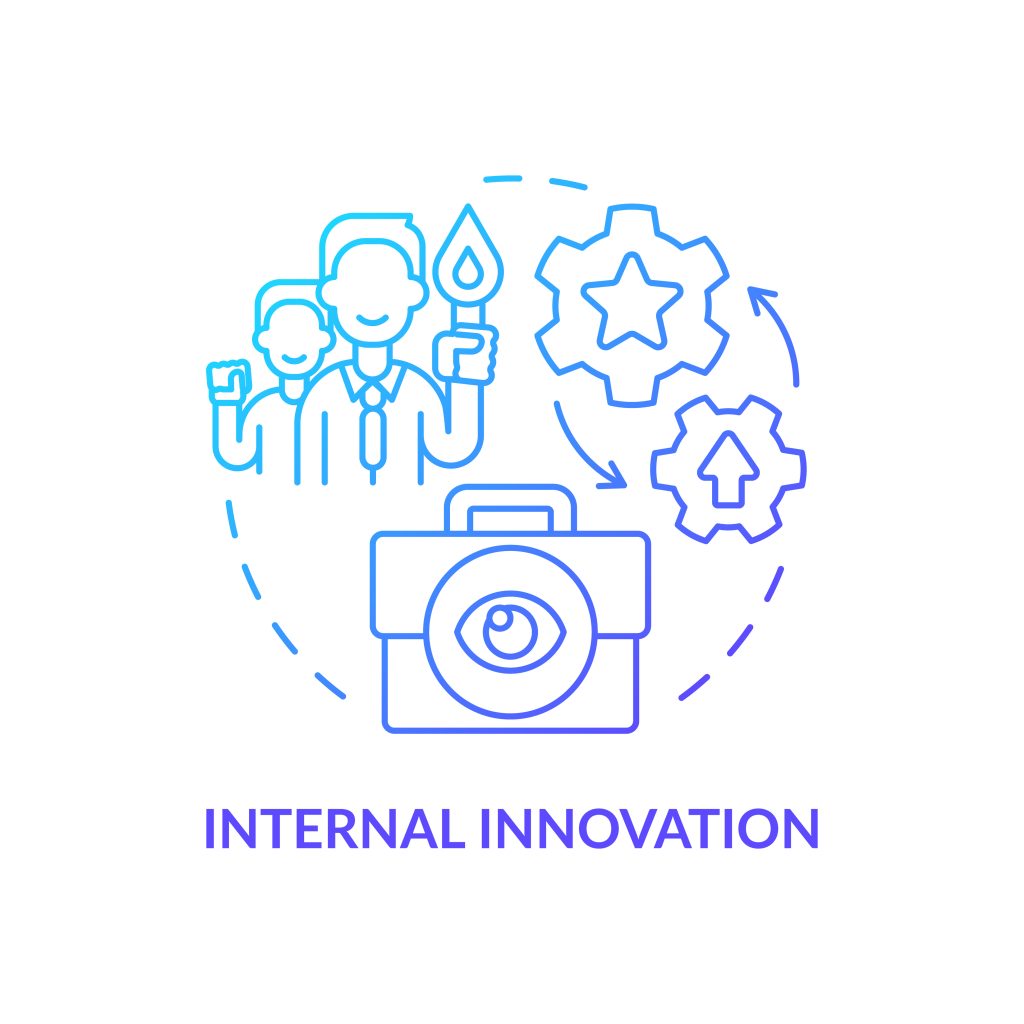Driving Innovation: The Role of Intrapreneurship in Business Growth
In the dynamic landscape of modern business, innovation is not just a buzzword; it’s a crucial driver of sustained growth and competitive advantage. Traditionally, innovation has been associated with startups and entrepreneurs. However, intrapreneurship is an increasingly popular concept that redefines how established organisations approach creativity and innovation. Intrapreneurship fosters an entrepreneurial mindset within an organisation, encouraging employees to think and act like entrepreneurs while working within the company’s framework. This approach can catalyse significant business growth and maintain a competitive edge in the market.
Understanding Intrapreneurship
Intrapreneurship is the practice of allowing employees to take risks, develop new ideas, and pursue innovative projects with the backing of their employer. Unlike traditional entrepreneurship, which often involves starting a new venture from scratch, intrapreneurs work within an existing organisation, utilising its resources, capabilities, and market position to drive innovation.
Intrapreneurs are not just employees, they are empowered to challenge the status quo, identify new opportunities, and experiment with novel solutions. They bring fresh perspectives and creativity, addressing problems and inefficiencies that might need to be noticed in a conventional corporate structure. By encouraging this entrepreneurial spirit, companies can harness the innovative potential of their employees, leading to groundbreaking products, services, and processes.

The Impact of Intrapreneurship on Business Growth
- Enhanced Innovation Pipeline: Intrapreneurship expands the organisation’s innovation pipeline by tapping into its workforce’s diverse ideas and perspectives. Employees at all levels are encouraged to contribute their insights and creativity, leading to a steady flow of innovative concepts that can be developed and implemented.
- Agility and Adaptability: Intrapreneurial organisations are more agile and adaptable in responding to market changes and emerging trends. By fostering a culture of experimentation and rapid iteration, companies can quickly pivot and adapt to new opportunities or threats, staying ahead of competitors.
- Employee Engagement and Retention: Empowering employees to take ownership of their ideas and projects boosts engagement and job satisfaction. Intrapreneurial cultures create a sense of purpose and fulfilment, reducing turnover rates and attracting top talent eager to work in an environment that values innovation and personal growth.
- Resource Optimisation: Intrapreneurship leverages the organisation’s existing resources and capabilities, optimising their use for innovative projects. This approach minimises the risk and cost of new ventures, as intrapreneurs can access the company’s infrastructure, networks, and expertise.
- Competitive Advantage: By continuously generating and implementing innovative ideas, intrapreneurial organisations can differentiate themselves in the marketplace. Unique products, services, and processes intrapreneurs can create a competitive advantage that is difficult for rivals to replicate.

Fostering an Intrapreneurial Culture
Creating a culture that supports intrapreneurship requires deliberate efforts and strategic initiatives. Here are essential steps to foster an intrapreneurial environment:
- Leadership Support: Strong leadership support is critical for promoting intrapreneurship. Leaders must champion innovation, provide resources, and create an environment where employees can take risks and experiment without fear of failure.
- Open Communication: Encourage open communication and idea-sharing across all levels of the organisation. Establish platforms and channels where employees can voice their ideas, collaborate, and provide feedback.
- Training and Development: Invest in training programs that develop entrepreneurial skills such as creativity, problem-solving, and project management. Equip employees with the tools and knowledge to pursue innovative projects effectively.
- Recognition and Rewards: Recognise and reward intrapreneurial efforts. Celebrate successes and provide incentives for employees who contribute innovative ideas and solutions. Recognition can be through promotions, monetary rewards, or public acknowledgement.
- Flexible Structures: Implement flexible organisational structures for cross-functional collaboration and rapid decision-making. Reduce bureaucratic barriers that stifle innovation and empower teams to act quickly on promising ideas.
- Resource Allocation: Allocate dedicated resources, including time, budget, and personnel, to support intrapreneurial projects. The necessary support ensures that innovative ideas can be developed and scaled effectively.

Case Studies: Successful Intrapreneurship in Action
Several renowned companies have successfully embraced intrapreneurship, leading to significant innovations and business growth:
- Google: Google’s “20% Time” policy allows employees to spend 20% of their working hours on projects they are passionate about. This initiative has led to groundbreaking products like Gmail and Google Maps.
- 3M:3 M’s commitment to intrapreneurship is evident in its “15% Rule,” which encourages employees to dedicate 15% of their time to developing new ideas. This policy has resulted in innovative products such as Post-it Notes and Scotch Tape.
- Adobe: Adobe’s “Kickbox” program provides employees with a toolkit, funding, and a structured process for developing and pitching their ideas. This program has democratised innovation within the company and led to numerous successful projects.
Intrapreneurship is a powerful strategy for driving innovation and business growth. Organisations can harness their employees’ innovative potential by fostering a culture that encourages creativity, experimentation, and agile thinking. Intrapreneurial initiatives not only lead to the development of groundbreaking products and services but also enhance employee engagement, optimise resources, and create a sustainable competitive advantage. Embracing intrapreneurship is not just a trend but a necessity for companies aiming to thrive in today’s fast-paced and ever-evolving business environment.
If you want to understand how we can help you build a culture of innovation book a call.
If you enjoyed this, you might like to subscribe to our newsletter, visit our YouTube Channel or Podcast or read our latest work.


One comment